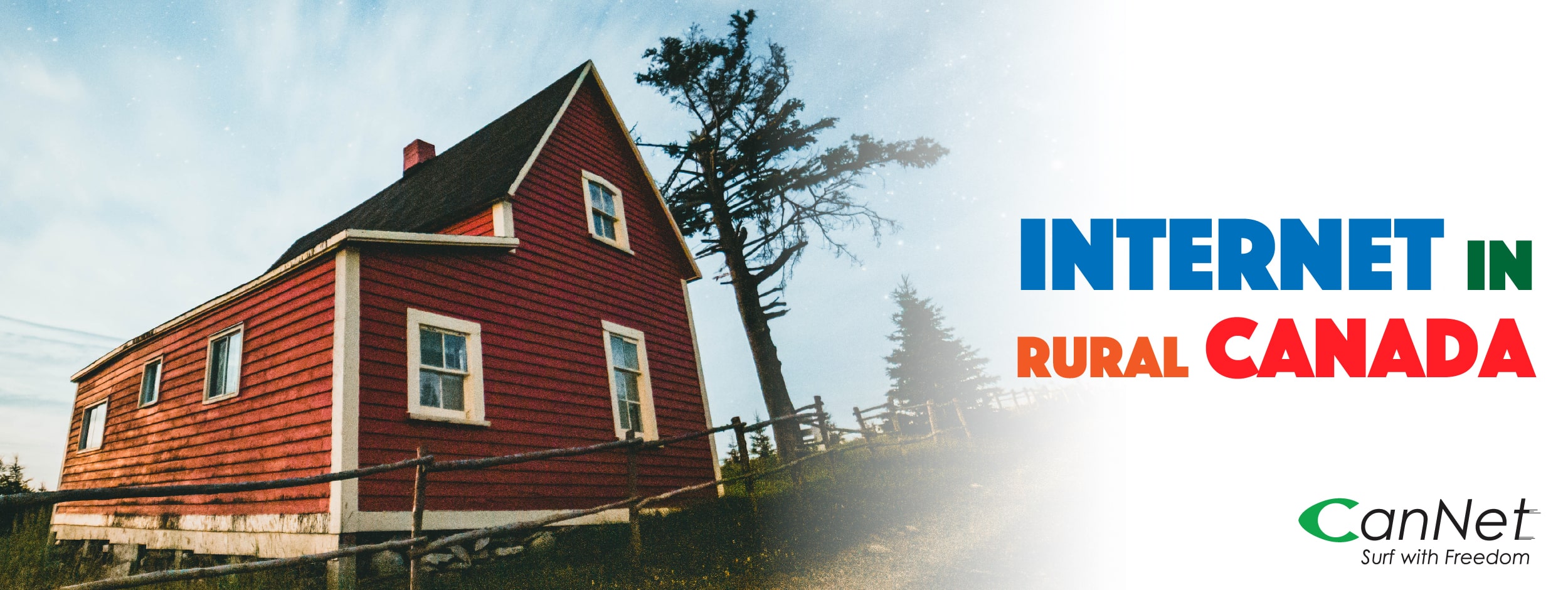Internet in Rural Canada
No matter where you go in Canada, chances are good that almost everyone knows that the Internet has become an indispensable resource across the nation. While, sure, perhaps not everyone's lives revolves around going online, the reality is that the majority of Canadians use the Internet every day to make their lives easier.
According to the Canadian Internet Use Survey, released by Industry Canada, 83 percent of households in the nation have access to the Internet within the home.
As such, several individuals across Canada likely can't imagine not having access from almost anywhere, whether they want to use a traditional desktop computer or connect using wireless devices like a tablet. Going online has made so many processes much simpler, such as checking bank account balances, paying bills, watching TV, and staying in touch with friends and family.
It might be surprising, then, that there are people who don't use the Internet because they can't - there aren't any satisfactory options available to them. Some rural areas of the country either don't have proper connections or there's an Internet service provider (ISP) monopoly in the region and costs are too high.
So what is being done to change this?
The federal budget will provide broadband funding
The Government of Canada proposed a budget for 2021, the now $2.75 billion Universal Broadband Fund will support high-speed Internet projects across the country. Budget 2021 proposes to provide an additional $1 billion over six years, starting in 2021-22, to the Universal Broadband Fund to support a more rapid rollout of broadband projects. The Universal Broadband Fund has been designed to fund broadband infrastructure projects that will bring high-speed Internet at 50/10 Megabits per second (Mbps) to rural and remote communities. In addition to funding a diversity of high-speed Internet projects to connect Canadians, there is:
- up to $50 million available to support mobile Internet projects that primarily benefit Indigenous peoples, including projects along highways and roads where mobile connectivity is lacking;
- up to $750 million available for large impact projects;
- up to $150 million available as part of our Rapid Response Stream.
In the meantime
While it might be a little while, those in rural villages will soon be able to enjoy the same Internet-based perks as people in the rest of the nation. As the major ISPs become available in some remote areas, Indies will also be able to break into such markets.
This is beneficial because then, there won't be a large ISP monopoly in the area, and consumers will be able to enjoy high-quality service and lower prices without having to sign on for a multi-year plan when they're just getting their bearings online.

